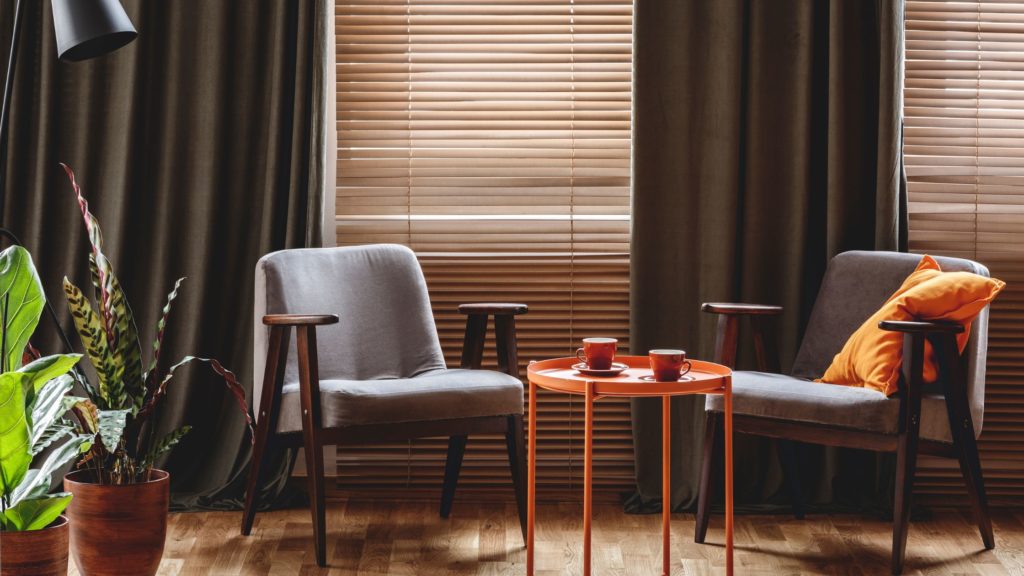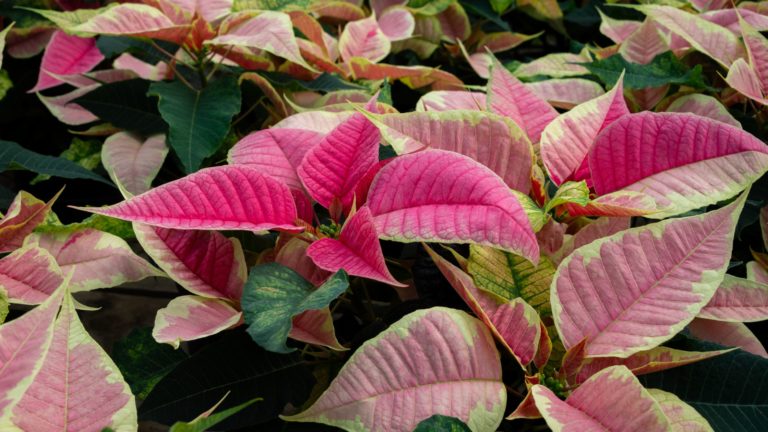When we think of plants, we often visualize a sun-kissed garden, filled with blooms basking in the golden rays. Yet, nature is diverse, and many plants have evolved to thrive in low-light areas, from the dense rainforests to the shadowy corners of a backyard. If you’ve got a shaded area that needs some greenery, you’re in luck. Here are some of the best shade plants that can bring life to those dim nooks and crannies of your space.
1. Ferns:
Ferns are synonymous with shady forests and cool underbrush. They come in a wide variety, ranging from the delicate Maidenhair Fern to the robust Boston Fern. With their intricate fronds and lush green hues, they can add a touch of wilderness to any low-light corner of your home or garden.
2. Hostas:
If you’re seeking a perennial that’s both ornamental and versatile, look no further than hostas. These plants offer a broad spectrum of colors, from deep greens to variegated patterns. Not only are their leaves captivating, but they also bloom with tall spikes of purple or white flowers.

3. Astilbe:
This perennial is prized for its feathery plumes that rise above fern-like foliage. The Astilbe’s blooms range in color from white to pink to red, making it a versatile choice for any shaded garden aiming for a burst of color.
4. Bleeding Heart (Dicentra Spectabilis):
Named for its heart-shaped pink or white flowers, the Bleeding Heart is a spring favorite. These plants can reach up to 3 feet in height and spread about the same in width, making them a dramatic centerpiece in any shade garden.
5. Caladium:
For those wanting a tropical touch, caladiums provide it in abundance. These plants have large, heart-shaped leaves with intricate vein patterns in pink, red, green, and white. Although they prefer moist and warm climates, they can be grown as annuals in cooler regions or brought inside during winter.
6. Dead Nettle (Lamium):
This ground cover is not just functional but also visually stunning. With silver, green, or variegated leaves and tiny clusters of pink, purple, or white flowers, Dead Nettles can brighten up even the darkest corners.
7. Impatiens:
Impatiens, sometimes known as ‘Busy Lizzies’, are one of the most popular choices for shaded areas. They come in a riot of colors, including pink, red, white, purple, and orange. These annuals are easy to grow, making them perfect for novice gardeners.
8. Japanese Forest Grass (Hakonechloa):
With its cascading clumps of lance-shaped leaves, this ornamental grass offers a unique texture to shade gardens. Depending on the variety, the foliage can be golden, green, or variegated, turning shades of pink or red in the fall.
9. Heuchera (Coral Bells):
Heuchera is recognized for its robust, round leaves that come in a medley of colors, from deep purple to lime green. These perennials also sprout tall stems adorned with small bell-shaped flowers, adding another layer of beauty.
10. Begonias:
Begonias are versatile, thriving both indoors and outdoors in shaded areas. Their leaves can be glossy or textured, and their flowers vary from white to bright shades of pink and red. Some begonias are grown specifically for their foliage, showcasing patterns and colors that are a visual treat.
Growing Tips:
While these plants are adept at surviving in low-light conditions, it’s essential to ensure they get proper care. Here are some general tips:
- Soil: Ensure that the soil is well-draining. Some shade plants, especially ferns and hostas, prefer rich, organic soil.
- Water: Watering needs vary, but most shade plants appreciate consistent moisture. Be cautious not to overwater, as this can lead to root rot.
- Fertilizer: Depending on the specific plant and soil type, a balanced, slow-release fertilizer can be beneficial.
- Pest Control: Just because they’re in the shade doesn’t mean pests won’t find them. Keep an eye out for common pests like slugs, aphids, and whiteflies.
Exotic Flair: Tropical Shade Plants
1. Elephant Ear (Colocasia):
Famed for its enormous, ear-shaped leaves, the Elephant Ear is a real showstopper. While they thrive in the shade, these plants also need consistent moisture to flourish.
2. Peace Lily (Spathiphyllum):
Perfect for indoors or in shady patios, the Peace Lily displays lush green leaves and iconic white spathes that resemble a white flag or flower. They’re not only beautiful but also known to purify the air around them.
3. Rex Begonia:
This begonia variant stands out for its colorful, patterned leaves rather than flowers. The intricate designs range from swirling patterns to spotted motifs, making them a must-have for those who love unique foliage.
Cool & Calm: Native Shade Plants
1. Solomon’s Seal (Polygonatum):
A perennial native to many parts of the U.S., Solomon’s Seal showcases arching stems adorned with bell-shaped flowers in spring. The plant also turns a golden-yellow in the fall, adding autumnal interest.
2. Virginia Bluebells (Mertensia virginica):
These ephemeral beauties light up the spring woodland with their nodding blue-violet flowers. After their bloom time, they’ll go dormant, so pair them with late-emerging perennials.
3. Wild Ginger (Asarum):
This ground cover is known for its heart-shaped leaves and inconspicuous, yet intriguing, bell-shaped brownish-red flowers. While it’s often chosen for its foliage, the flower is worth a closer look, often hiding beneath the leaves.
Tips for Native Plantings:
When choosing native plants, ensure you’re selecting species appropriate for your region. Native plants tend to require less maintenance as they’re adapted to local soils and climate. Plus, they often attract and support local wildlife, making your shade garden a biodiverse sanctuary.
In conclusion, low-light spaces don’t have to be dull or lifeless. With the right shade plants, these areas can turn into lush, green havens that offer a serene respite from the sun-drenched parts of your garden. Whether it’s the subtle elegance of ferns or the vibrant allure of impatiens, there’s a shade plant out there that’s perfect for your space.


